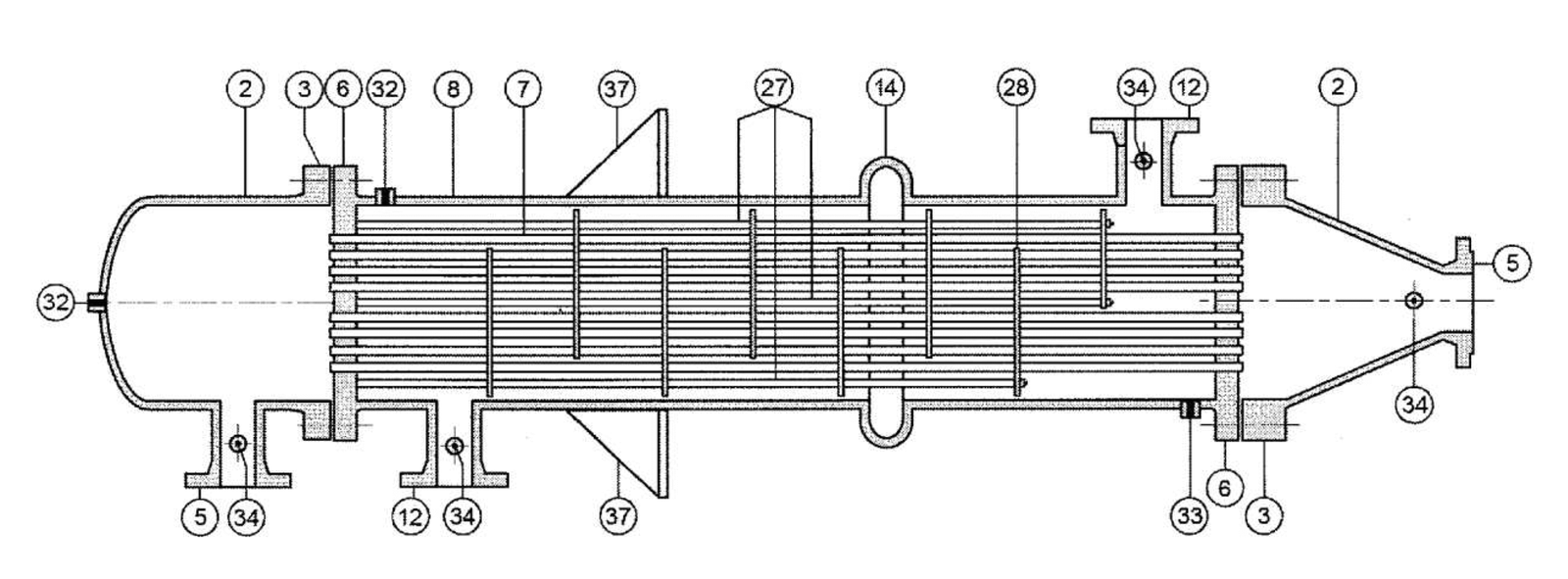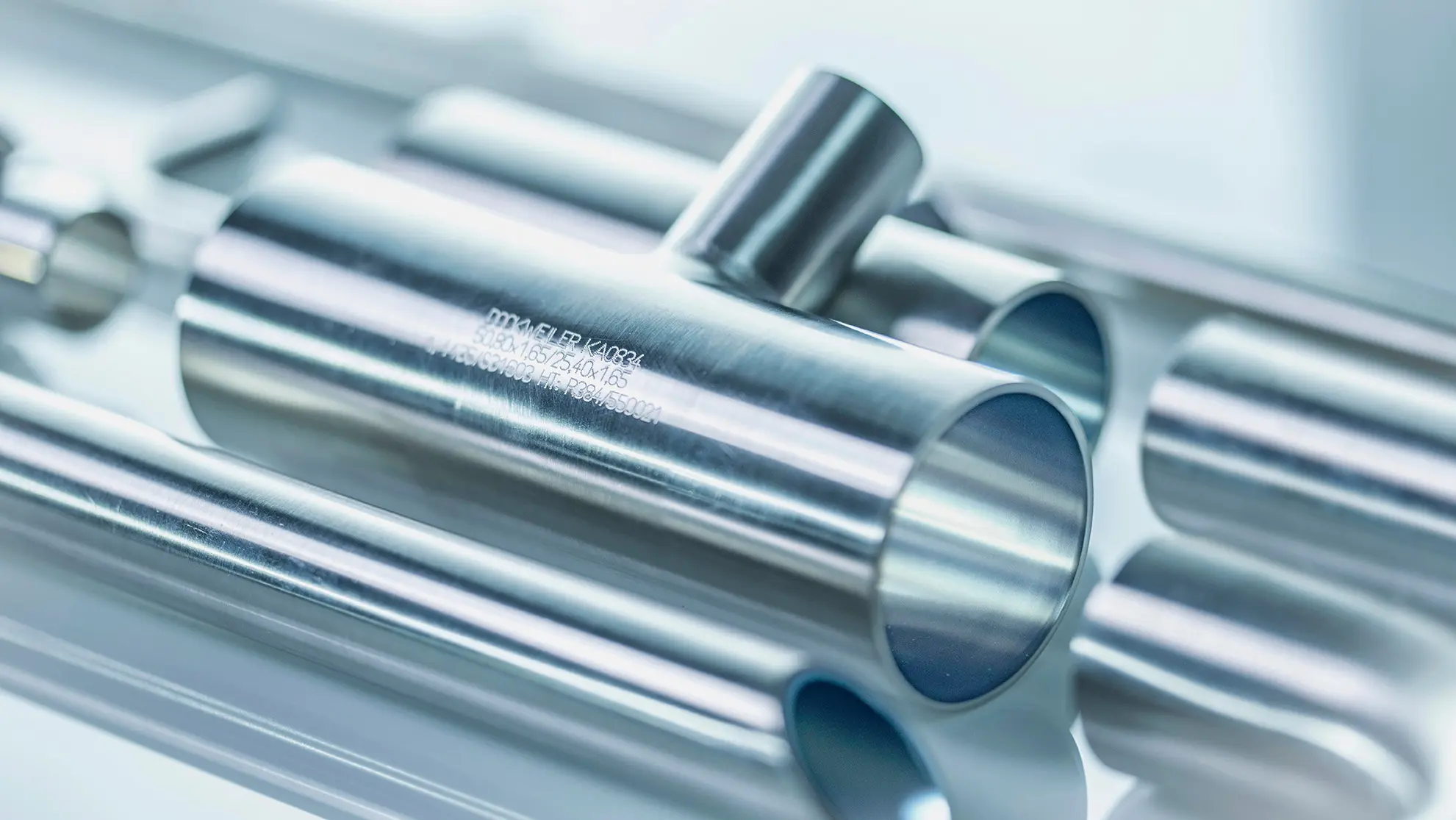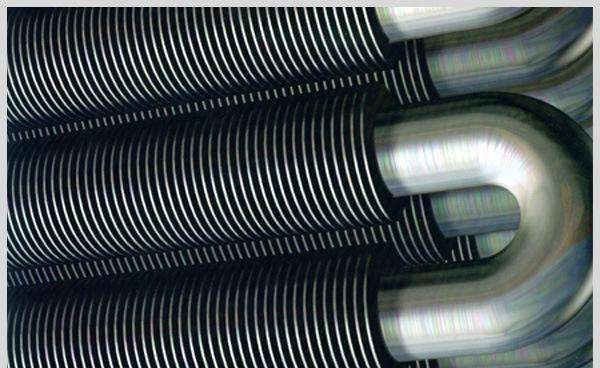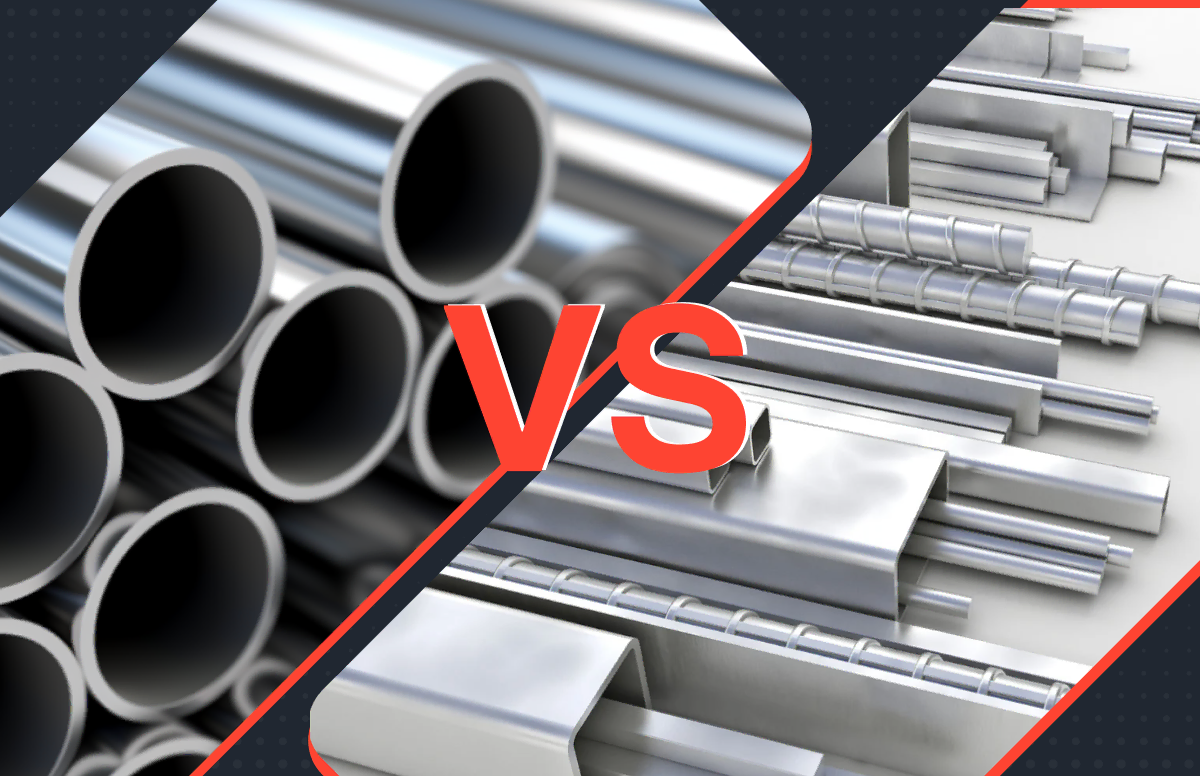Meta Description:
Underground pipelines are out of sight—but never out of risk. Learn how coatings, cathodic protection, and smart material choices prevent corrosion and extend service life.
Introduction
Underground pipes may be hidden, but the damage they suffer is very real.
Whether transporting water, gas, or chemicals, buried pipelines face harsh, invisible threats—especially corrosion from soil moisture, oxygen, stray currents, and chemical contaminants.
In this article, we’ll explore how pipeline engineers protect underground piping systems, what causes failures, and what standards and practices are commonly used around the world.
Why Corrosion Happens Below the Surface
Soil is unpredictable. It may contain water, salts, acids, microbes, and minerals—all of which can damage metal pipes over time.
Key factors causing underground corrosion:
- Moisture and poor drainage
- Acidic or alkaline soil pH
- High chloride or sulfate content
- Stray DC currents from nearby equipment
- Oxygen gradients and anaerobic bacteria
Even stainless steel pipes like TP316L or Duplex 2205 are vulnerable in the wrong conditions—especially at weld joints or surface scratches.
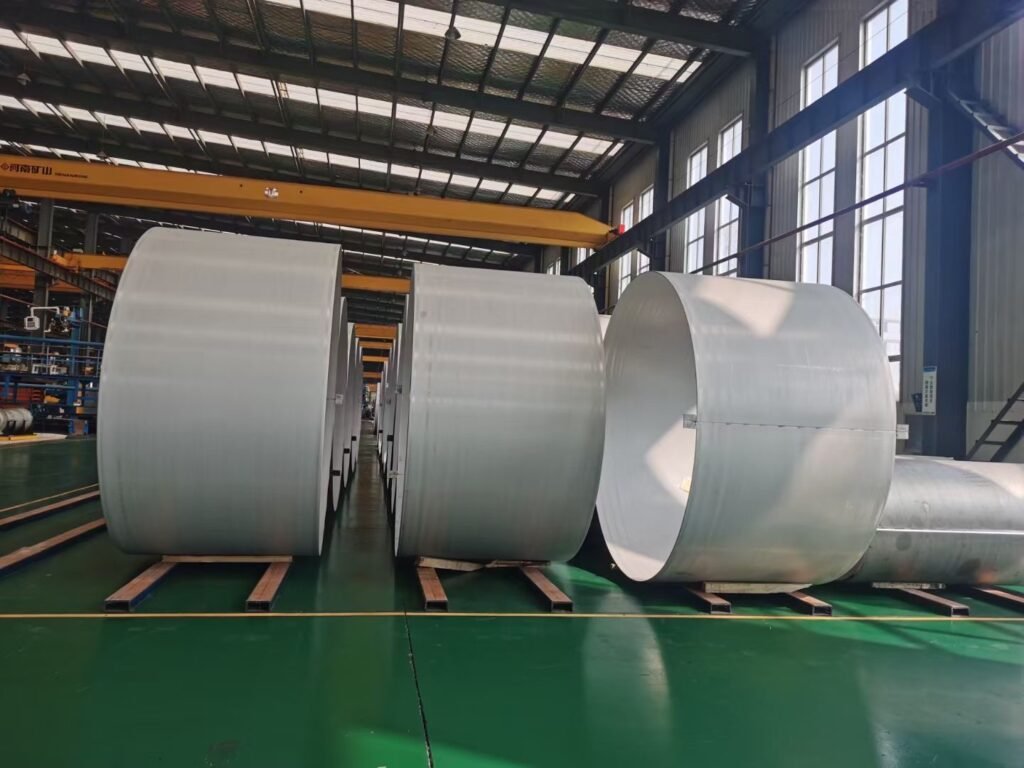
Common Protection Methods
1. External Coatings
The first line of defense. Coatings isolate the metal from contact with soil and moisture.
Popular systems:
- Fusion Bonded Epoxy (FBE) – Common in oil & gas transmission lines
- 3-Layer PE/PP Coatings – For buried water, gas, or oil pipelines
- Coal Tar Enamel – Still used in legacy systems, being phased out
- Liquid Epoxy or Polyurethane Paints – For field weld joints
Tip: Always inspect coating quality after transport and installation.
2. Cathodic Protection (CP)
An electrochemical method to redirect corrosion to a sacrificial anode.
Two main types:
- Galvanic CP – Uses zinc or magnesium anodes; simple but limited lifespan
- Impressed Current CP – Requires a power source; effective for long pipelines
Standards:
- NACE SP0169 (Control of External Corrosion)
- ISO 15589-1 (Cathodic protection of buried steel)
3. Pipe Material Selection
Some materials resist corrosion better than others. For underground service:
- Carbon Steel + Coating + CP: Most cost-effective for long distances
- TP316L Stainless Steel: Works well with dry or controlled backfill
- Duplex Stainless (S32205 / S32750): High strength + chloride resistance
- Plastic-lined or PE pipes: For non-structural drainage or utilities
DLSS offers stainless steel pipes and fittings with pickled and passivated surfaces, ideal for buried use with coating systems.
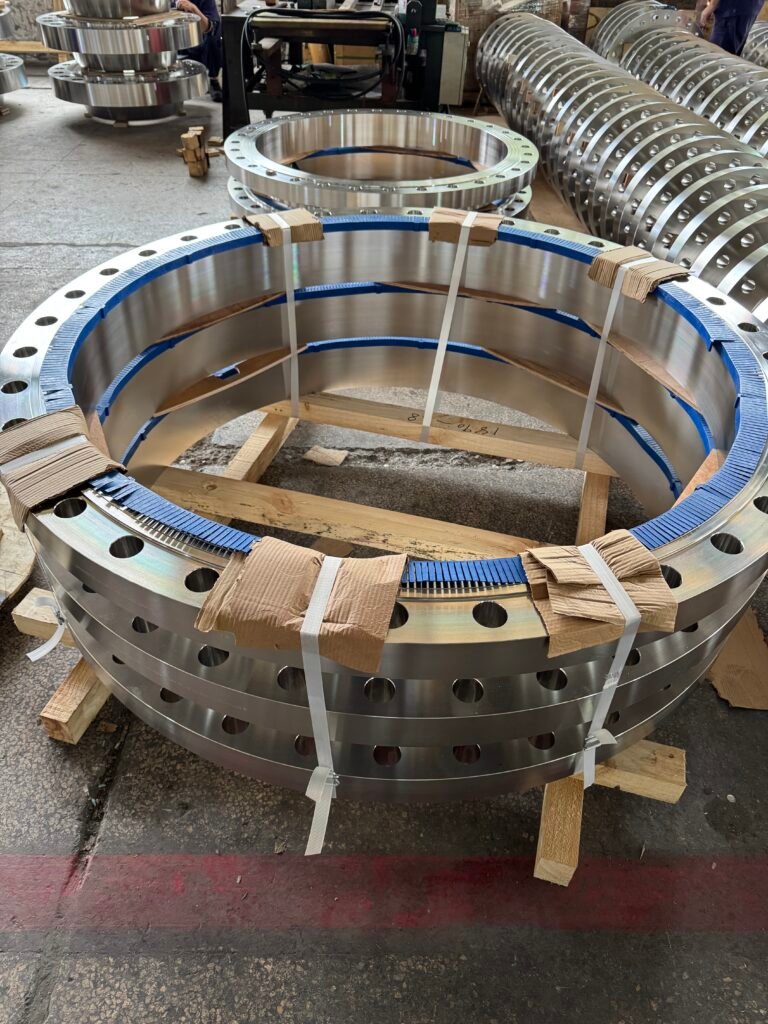
Field Installation Tips to Prevent Early Failure
- Always repair coating damage before burial
- Use backfill with low conductivity and no sharp particles
- Avoid mixed-metal contact unless insulated
- Verify CP effectiveness with field measurement (pipe-to-soil potential)
- Label and document junction boxes, test stations, and CP power supplies
Real-World Case: Brazil Gas Utility Project
In a southern Brazil gas utility upgrade, DLSS supplied 316L stainless steel seamless pipes for underground service beneath a wetland area.
The contractor combined our pipe with a polyurethane coating and galvanic CP, resulting in zero corrosion signals after 18 months of monitoring.
Conclusion
Underground doesn’t mean “maintenance-free.”
Pipeline corrosion is silent—but expensive if ignored.
The key is multi-layer protection:
- Choose the right material
- Use proven coatings
- Add cathodic protection
- Install with care
At DLSS, we help engineers build pipeline systems that last decades, not years.
Contact DLSS
Email: info@dlsspipe.com
Website: www.dlsspipeline.com


